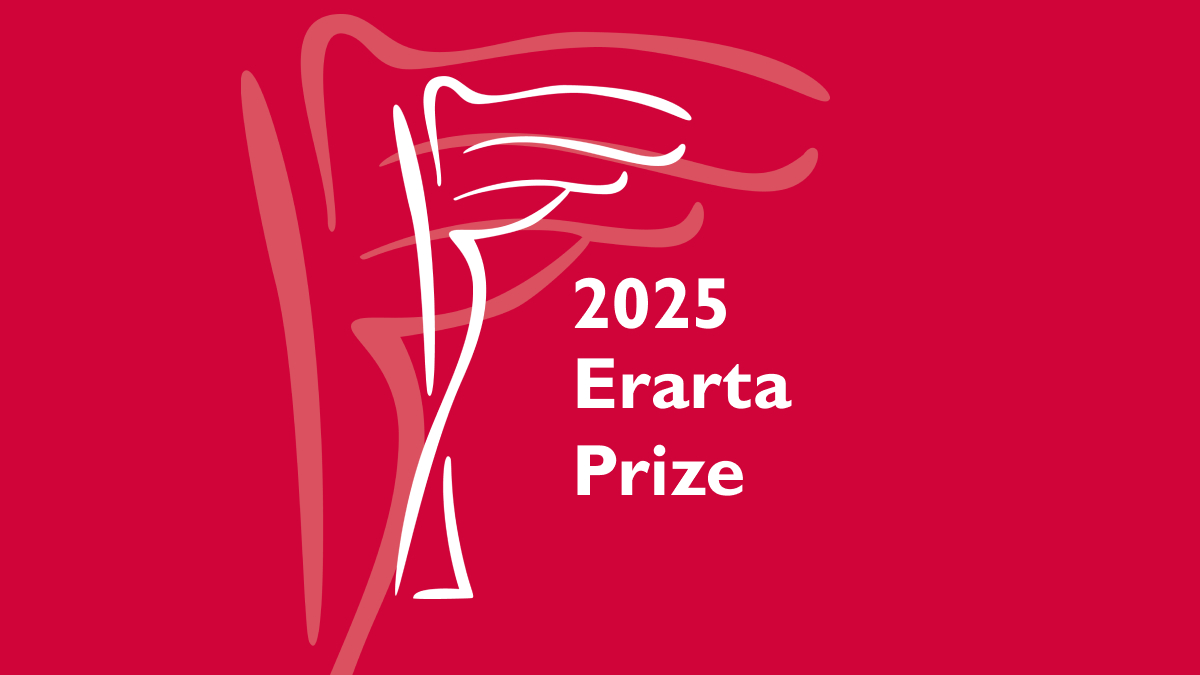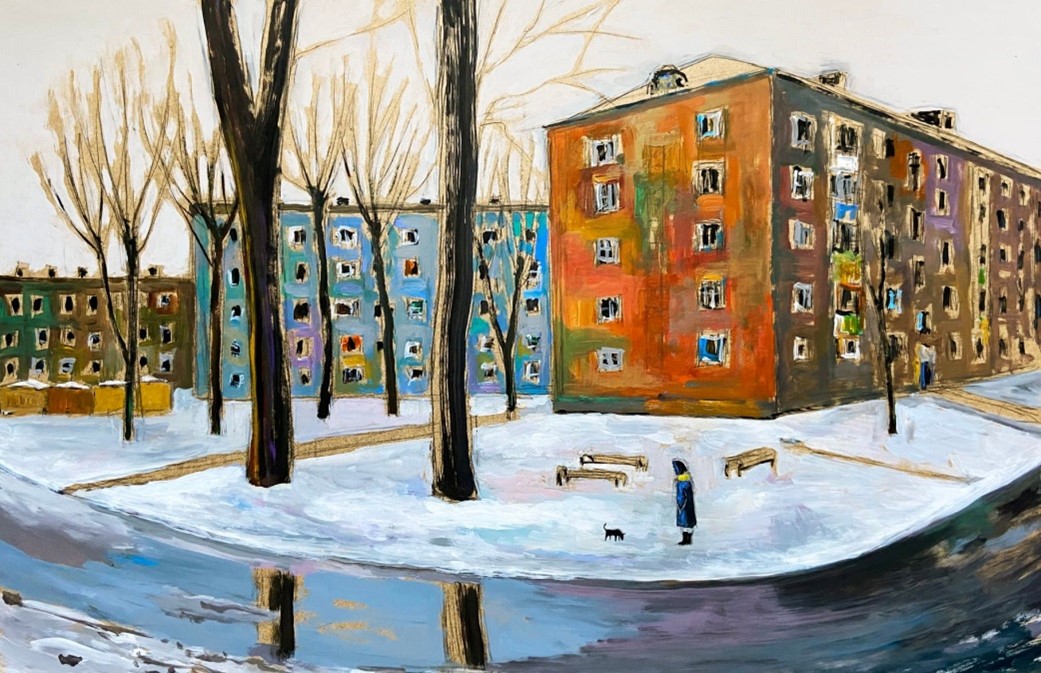Erarta Museum presents an exhibition of St. Petersburg photographer and architect Vladimir Antoshenkov
Vladimir Antoshenkov is a representative of that famous Leningrad intelligentsia, which in majority has long gone. In the modern era of storing knowledge in the Internet and having narrow professional specializations, due to his education and versatile interests Vladimir Antoshenkov seems to be a Renaissance man. He is a teacher, an architect, a photographer, a computer artist, a sculptor and a musician, who has a nice tenor, skillfully plays the recorder flute and from time to time performs with a chamber orchestra. The apprentices of Vladimir Antoshenkov say jokingly that he is the most famous photographer of all architects and the most famous architect of all photographers.
Vladimir Antoshenkov started his St. Petersburg series in the 1970s. At first he shot with an old wide-format concertina-camera with a focusing screen made by a simple matte glass, using a tripod. Then he switched to a widescreen DSLR – Kyiv-6s with changeable optics, and after – with Hasselblad. Over the recent years he has been working with digital cameras, bringing the images to perfection in graphic editors. Antoschenkov observes the environment around with no judgment, and combines the upper and the lower city levels in his photos – roofs, walls, sculptures, flora, fauna, and people. The author percepts all these elements as a single substrate that gives birth to culture.
Street photography is a classical genre that has become popular thanks to the development and accessibility of technology. Only the lazy doesn’t take photos of architecture with his mobile phone. Especially when such interesting objects as a constructivist water tower or an old research institute became so easy to find with Google maps and social networks. However, why Vladimir Antoshenkov's works are unique it is because they present a rare and truly valuable archive of architectural urban photography that was started in the 70s of the XX century and that is still carefully added day by day.
A large number of thematic photo albums that Vladimir Semenovich has released are dedicated to St. Petersburg. Being a connoisseur of history, construction and architecture, the author not only takes pictures of beautiful buildings, but also registers some architectural nuances that most townspeople don’t notice and small changes that happen and radically alter the city. New pipes, new window instead of old ones, new apartment quarter instead of a demolished building. In his panoramic photos Antoschenkov preserved that St. Petersburg, which we used to know not long ago and which has changed forever after the reclamation on Vasilievsky Island and the construction of Western high-speed diameter.
In the photographs by Vladimir Semenovich, the story comes out imperceptibly. He, as a true Observer, never interfered. He didn’t actively shoot empty shop shelves and long lines in the 70s and 80s, or protest meetings and cultural boom of the 90s. But his camera captured the military men, looking at the poster of a video salon, forgotten children's war and peace games, abandoned factories and plants. Peering at the crowd in the Kazan Square, he sees firmly standing people, whose figures echo the rhythm of the cathedral columns, or notices the absurd scene of a hunched figure standing next to a life-affirming commercial sign.
It was about this type of photographer that Walter Benjamin wrote in his “A Short History of Photography”: “the spirit that has mastered mechanics turns the most exact results into parables of life”.













